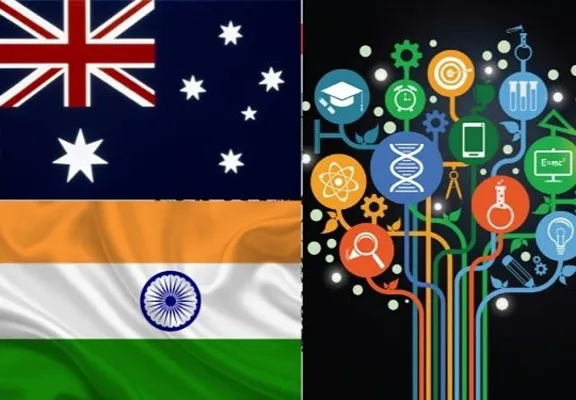Last Updated Apr - 14 - 2022, 12:16 AM | Source : | Visitors : 40

According to Michael Wesley, Deputy Vice-Chancellor, University of Melbourne, India's new National Education Policy (NEP) has provided a "license to innovate" to foreign universities.
"We see the NEP as a license to innovate. Previous to the NEP, the ability to do creative things with Indian partners was much more constrained mainly by government policy. If you take a broad overview of the NEP, it's India putting a flag in the sand and saying India wants to build one of the world's best higher education sectors," Wesley told PTI in an interview.
"We want Indian institutions to partner with institutions globally to enable that it is necessary to develop this world class education system in India and meet the demand that India faces for higher education and so, therefore, we've studied NEP very closely," he added.
NEP implementation: Implications for Australian education stakeholders
According to the report, there are three critical messages regarding NEP implementation for Australian education stakeholders.
• First, the NEP reaffirms some recommendations from previous education policies regarding access, equity, and excellence and reaffirms longstanding aspirations regarding research and innovation. While progress has been made since the introduction of the first national education policy in 1968, many policy recommendations have not been implemented, illustrating the aspirational nature of Indian policy statements.
• Second, while India's education policies are typically aspirational, education policy implementation in India is fraught. This is due to India's scale and complexity. Challenges also relate to central-state government roles and relations and the involvement of public and private interests. Australian stakeholders should be aware of possible policy implementation failures.
• Third, Australian education stakeholders' acknowledgement of such implementation challenges is essential. Several opportunities identified for Australia-India education engagement are only triggered by the successful introduction of specific NEP reforms. The clearest examples are foreign university entry into India, structural reconfigurations in the higher education sector, and government funding to enable implementation. As such, ongoing intelligence regarding implementation successes and challenges will benefit Australian education stakeholders seeking to leverage the NEP reforms. Notably, the priority actions identified in this report can proceed now. They will consolidate existing Australia-India education engagement and better position Australian and Indian stakeholders for sustained partnerships as the NEP is implemented.

Dec - 24
The CAT 2025 results have been officially announced, bringing relief and excitement to thousands of MBA aspirants across India. Candidates can now ... Read More

Dec - 24
The revised syllabus for NEET UG 2026 has officially been released, bringing much needed clarity to thousands of medical aspirants preparing for on... Read More

Dec - 24
Key Highlights
Indian students continue to pursue higher education abroad in large numbers, driven by global exposure an... Read More